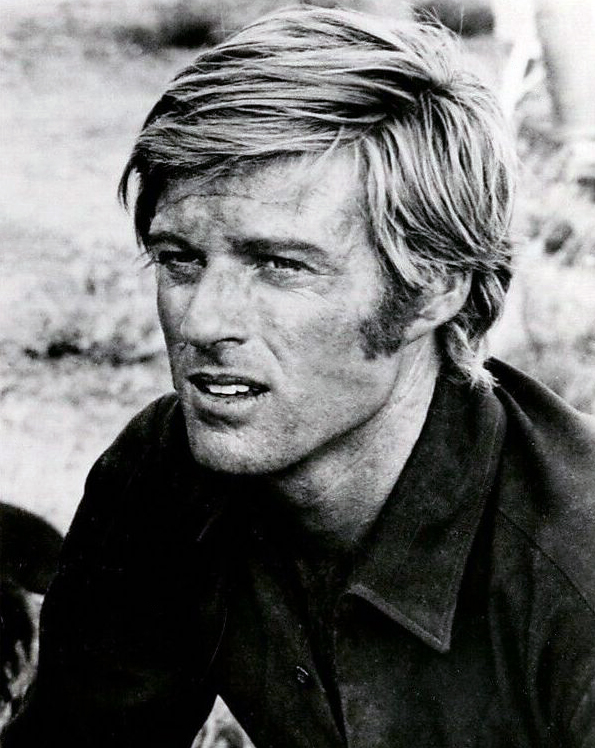In the ever-changing landscape of American politics, few figures have captured the public’s attention quite like George Anthony Devolder Santos. His journey—from an unlikely political outsider to a disgraced former congressman—reads more like a political thriller than a real-life biography. Yet, his story is not just about one man’s deceit; it’s a stark reminder of how easily ambition, misinformation, and the hunger for power can distort the democratic process.
The Making of a Political Persona
George Santos emerged from relative obscurity in the 2022 midterm elections, running as a Republican for New York’s 3rd Congressional District. His campaign story was tailor-made for modern politics: the son of immigrants, a self-made businessman, openly gay, and a fresh face promising to bring reform and representation to Washington.
It was the kind of story voters wanted to believe. He claimed degrees from prestigious schools, high-level jobs at Wall Street giants like Goldman Sachs and Citigroup, and a heritage rooted in Jewish survival and immigrant resilience. The narrative was compelling and inspirational—and, as it turned out, largely fictional.
The Unraveling of the Myth
Soon after Santos was elected to Congress in January 2023, cracks began to appear in his carefully crafted image. Investigations by The New York Times and other outlets uncovered that many of his claims were unverifiable or outright false. His supposed college degrees didn’t exist. His professional history couldn’t be confirmed. Even details about his family background and religion were fabricated.
The public’s shock turned into outrage. As reporters dug deeper, the list of inconsistencies grew. Campaign finance records suggested misuse of funds, while former associates hinted at deeper layers of deception. It became clear that Santos’s political success had been built on a foundation of lies.
From Scandal to Expulsion
In May 2023, federal prosecutors charged Santos with multiple counts of wire fraud, money laundering, theft of public funds, and making false statements. Despite pleading not guilty initially and refusing to resign, the pressure mounted. The House Ethics Committee’s investigation found “substantial evidence” that Santos had used campaign donations for personal expenses—including designer clothing and luxury travel.
By December 1, 2023, Congress had had enough. Santos was expelled from the House of Representatives by a rare bipartisan vote—making him only the sixth member in U.S. history to be removed from office. His fall from grace was complete, but the legal reckoning had just begun.
The Criminal Conviction
In 2024 and 2025, Santos faced trial in federal court. Prosecutors detailed how he defrauded donors, misled voters, and stole identities to finance his lifestyle and campaign. In April 2025, he was sentenced to 87 months in federal prison for wire fraud, identity theft, and campaign finance violations. He was ordered to pay restitution and forfeiture totaling over half a million dollars.
His once-promising political career ended behind bars—a dramatic downfall for someone who had been hailed as a symbol of diversity and perseverance just a few years earlier.
The Larger Lessons
The George Santos saga goes far beyond personal scandal. It exposes deep flaws in the American political system—from inadequate vetting of candidates to the ways social media and partisan echo chambers allow misinformation to flourish.
His story forces voters, parties, and journalists alike to ask difficult questions:
- How did someone with such a fragile web of lies make it into Congress?
- Why did checks and balances fail until it was too late?
- What does this say about truth and accountability in the digital age?
In a time when political polarization often overshadows integrity, Santos’s story stands as a warning — a reminder that charisma and storytelling can never replace honesty and character.
A Postscript: Redemption or Infamy?
Even after his conviction, George Santos continues to make headlines. Whether through media appearances, social posts, or talk of a political comeback, he remains a figure who refuses to fade quietly. His unapologetic persona — equal parts defiant and performative — continues to divide public opinion.
But regardless of what the future holds for him, history will likely remember George Santos not as a pioneer or a persecuted outsider, but as a cautionary figure — proof of how the power of deception can rise swiftly and collapse even faster.
Conclusion
The rise and fall of George Santos is more than a political scandal; it is a reflection of our collective responsibility as citizens. Democracy depends not just on who runs for office, but on how closely we, the voters, choose to look at the truth.
In an age where image often overshadows integrity, the story of George Santos serves as both a warning and a wake-up call: in politics, as in life, the truth always finds its way to the surface.








